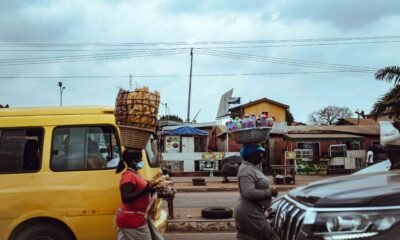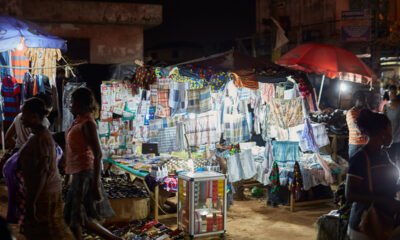Savanna Features
ADAGA OO! ADAGA!!!
When on my bike on bright days like this, just don’t cross my path, lest I run you down.
Published
7 years agoon
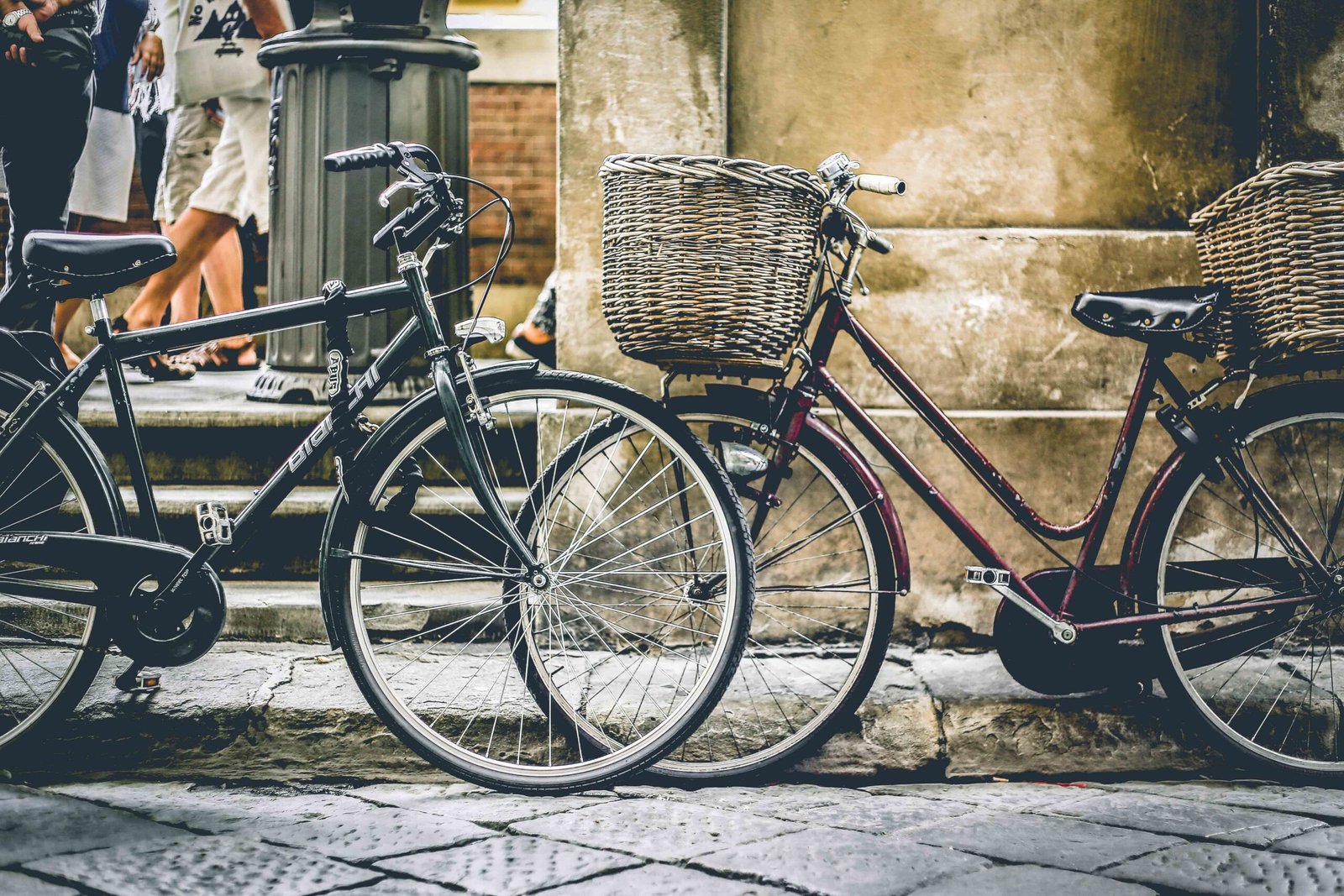
The sun was meters past the horizon as the day was still toddling but showed good signs of being a very sunny one. A long winding queue snaked its way from the waakye seller’s joint to the edge of the street. The Koko seller across the street had also been swallowed by the crowd of school children that had circled her, screaming on top of their voices to get her attention.
I hated to join long winding queues just to buy a widow’s mite worth of food. Gliding on the back of my not-too-new bicycle, I made a quick U-turn and headed for “makpor” the beans seller’s end. The path leading to the “makpor” was a steep one and required a great deal of experience and a touch of perfect riding skills like mine to go unharmed.
Dexterously using my weight to bring the bike to the middle lane of the busy street, I zoomed past two “trotros” (commercial buses), which were moving at tortoise pace. The wind tore at my ears as I sped on and I loved the flapping sound its impact made in my ears.
When on my bike on bright days like this, just don’t cross my path, lest I run you down.
I was soon at “makpor” and thank goodness, the usual crowd there was absent. I decided to make a quick U-turn and come to perform the “sacred ritual” in the holy sanctuary- “Makpor”
Gracefully, I brought the right paddle to accelerating position, at the same time swinging the steering and adding my weight, the style was called “Cee”, it usually turned the bike 180 degrees and would leave the screeching marks of the rear tyre on the bare floor almost like the letter “C”
The rear tyre spun so fast I lost control and was thrown out of the bike. I found myself sprawled awkwardly on the floor.
A group of children who had witnessed the mighty “humpty-dumpty” fall wouldn’t stifle their laughter. Baring their teeth, they screamed laughter out of the bellies.
Wanting to show them my worth and dexterity with the bicycle I jumped onto the bike again. Holding the steer firmly I paddled swiftly and exerted lifting force to the steer and soon the front tire was up in the air-“Adagga” I maintained the posture for about 7seconds, still trying to impress my little audience, I dropped the front tire and repeated the process, this time I lifted it even higher than before.
The force was too much and the back tyre skidded off and down I went again. I hit my head hard against the bare tarred floor and everything spun before my eyes.
There was an explosive barrage of laughter louder than the June 3 thunder clapping. I lay there wishing I could just disappear into thin air or just sink into the dusty earth.
I lay there with my eyes closed for a very long time and all I could hear was continuous explosive laughter and rhetorical questions.
And that is how come I earned my infamous nickname, “Adaga”
By: Edwin Abanga
Contact: eabanga21@gmail.com
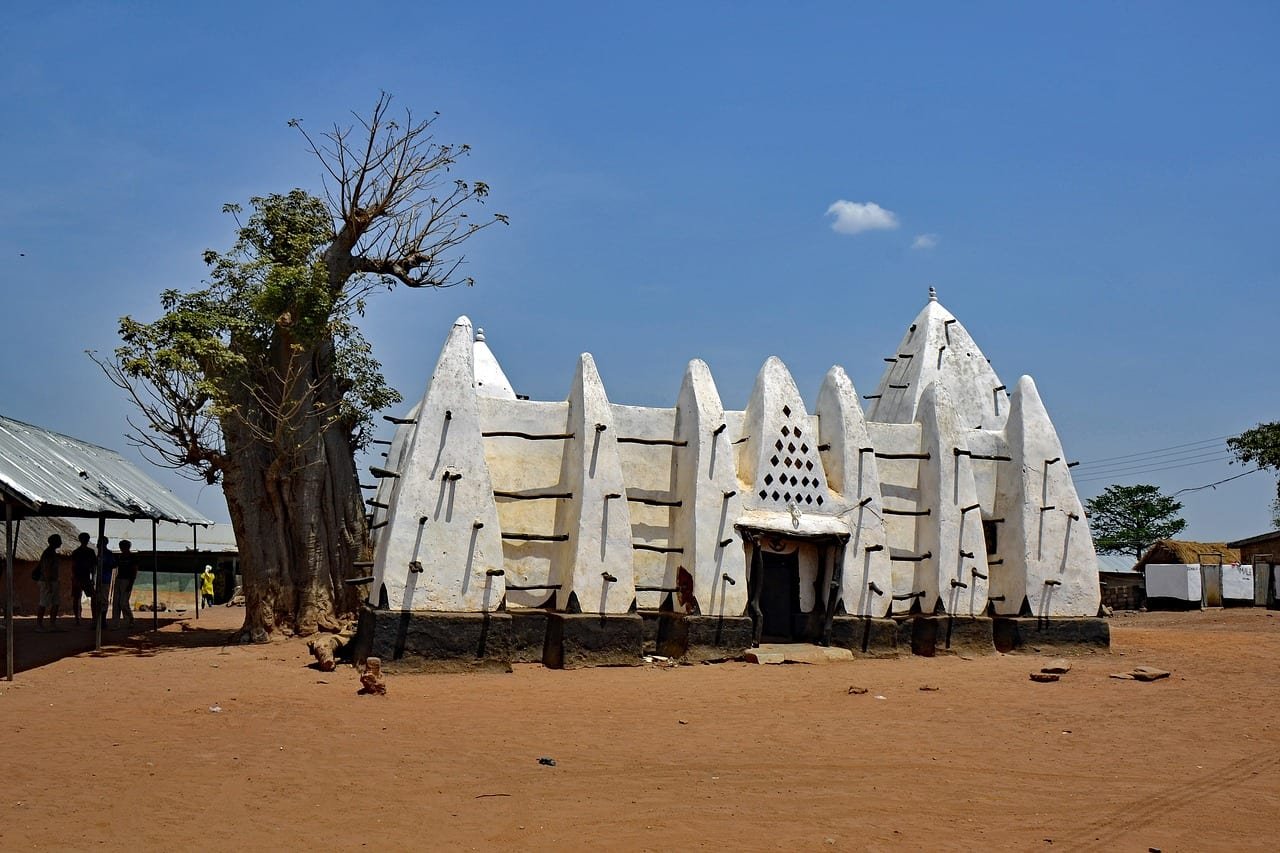
Table of Contents
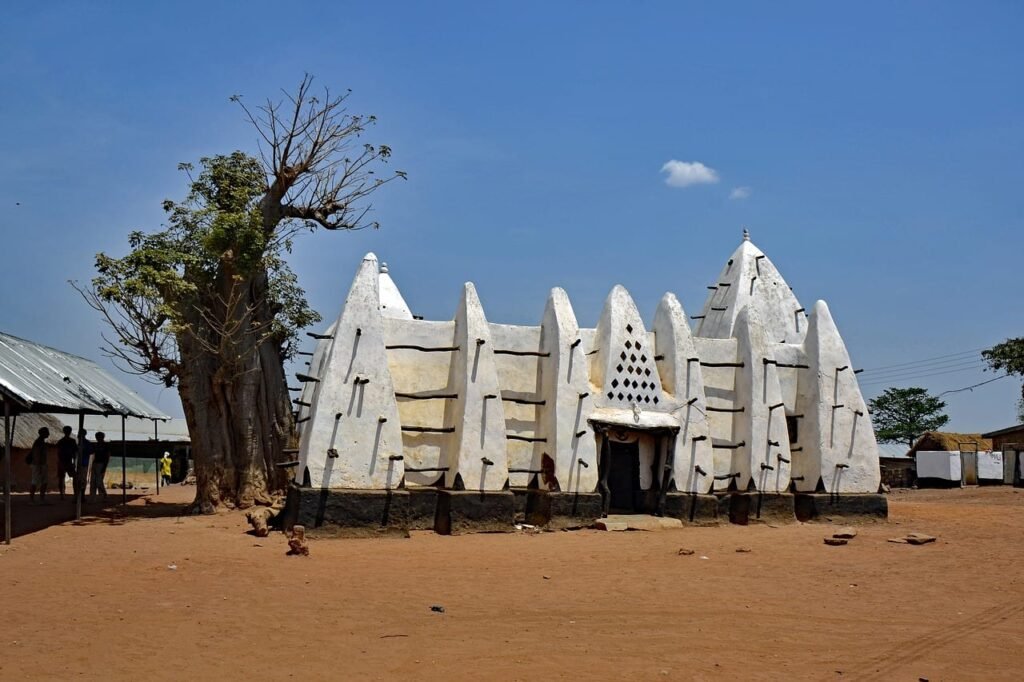
Introduction
Traveling alone can be a fulfilling experience. It offers an opportunity to appreciate and fully immerse yourself in new cultures and landscapes. But the challenges associated with traveling are vast, especially safety. In this post I will share a few tips to note when traveling alone to and around Northern Ghana.
Understanding Northern Ghana
As you prepare for an exciting trip to Northern Ghana, it is essential to familiarise yourself with the area before you start. The region is well known for its rich and diverse cultural heritage. With numerous exciting markets, art and craft lovers find it a heaven.
For people who love breathtaking landscapes, the Northern Region would leave visitors in awe. Northern Ghana also boasts several tourist attractions that will be the icing on the cake. Travelers should endeavour to know the nature of the area. It will be useful. Especially in devising your travel routes and plans while assessing the security risks should be a priority. Once you know the security risks, mitigation becomes easier.
Before embarking on your journey, it is essential to familiarise yourself with the region you will be visiting. Northern Ghana is known for its rich cultural heritage, vibrant markets, and stunning landscapes.
However, like any travel destination, it is very important to be aware of potential safety risks and how to mitigate them. The cultural diversity of Northern Ghana is enormous, be sure to have an idea of the different ethnicities you will encounter.
What to consider before you travel
While Northern Ghana is generally safe. There are incidents of robberies, ethnic conflicts, and the likelihood of getting lost. You’ll need to consider personal safety, health, and the safety of your personal belongings.
You may consider using a tour guide for ease.
Also, where possible, you should consider travel insurance.
Knowing about local laws and customs would also come in handy. Most people in Northern Ghana still hold traditions in high regard. Knowing the above will help avoid being offensive to locals. For example, learn how to wear hats in Tamale.
You should also ensure you have all necessary vaccinations, such as yellow fever, a malaria vaccine, and any others.
If you are not like me, you’ll try to avoid street food and sachet water.
As a personal preference, I always carry a first aid kit with painkillers, medications for malaria, something to help with stomach aches, and any other essentials that can come in handy. I do so because there are many places where access to healthcare is a nightmare.
Before your trip, keep copies of your travel documentation, passport, and all other necessary documents with someone before you leave.
Be sure to have a reliable means of communication.
You will also want to know the weather conditions before you set off. Northern Ghana generally experiences a dry season and a rainy season. The rainy season can be a hindrance in accessing several places. Thus, knowing the weather pattern will help you avoid getting stuck on your journey.
Have a fair idea of nearby medical facilities close to your locations.
If you prefer driving, it is worth knowing the road conditions. You can also hire a local driver who knows his way around.
Finally, you’ll need a list of emergency contacts. That list should include your country’s embassy, local authorities, and insurance provider.
With the above done, you can enjoy that lifetime thrill of traveling through and around Northern Ghana.
Tips for the actual journey
You would also do well to seek permission before taking pictures.
Be aware of your surroundings, avoid displaying valuables, and avoid too many distractions.
Use reputable transport and accommodation services.
You may want to prioritize traveling during the day instead of just at night.
Where the services of a guide is needed, be sure they have a good reputation.
Keep valuables safe by ensuring they are in secure places.
Don’t stand out. In many places, criminals target people who they know are not indigenes or locals. So, while it may be evident that you are a tourist or traveler, do not exhibit any naivete to attract attention.
Always be hydrated and well-rested.
While on the journey, stay connected to someone at home or with other companions. Check in regularly to let them know you are safe.
Listen to local advice. Paying attention to advice from local authorities and experienced people.
As you journey with an open mind, be prepared for emergencies.
In all of it, trust your instincts.
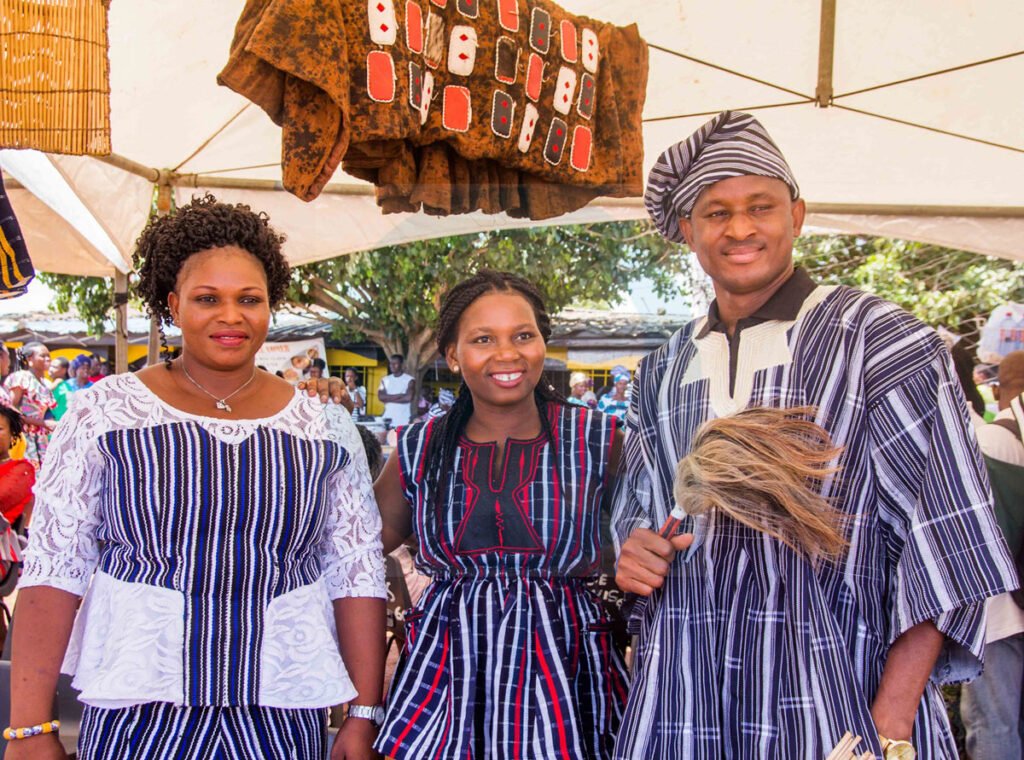
Be culturally sensitive; respect your hosts.
Your journey is to experience diversity on many fronts. From culture to landscape, you will encounter different things. To fully enjoy the hospitality in all places, you must be culturally sensitive and respectful.
Your cultural preferences must not become the reason you trample on other people’s cultures. How people dress, hand gestures, and how to address the elderly and chiefs are very important on trips like this. Also, you should try to know what aspects of your culture may be offensive. For example, it is culturally unacceptable to wear footwear before many chiefs. The use of the left hand in greetings or gesturing can also be offensive. Once you respect the culture of the people, you will earn some love from the locals.
Stick to your plan.
While traveling alone can sometimes offer the will to make detours, it is best to avoid such unplanned changes to your itinerary. This is because you may not have been adequately prepared to visit other places. Travel and enjoy the beauty of your destination and journey; don’t outdo yourself with extra stops.
Remember to always have your emergency contacts at hand. See you around!
Here are some tourist attractions you may be interested in:
Top Tourist Sites in Northern Ghana: Discover the Hidden Gems
Khaya is Language AI that helps translate and recognise speeches. Checkout it out for Northern Ghana Languages. It may just save you a lot of talk-time.
Savanna Features
Top Tourist Sites in Northern Ghana: Discover the Hidden Gems
Published
1 year agoon
June 19, 2023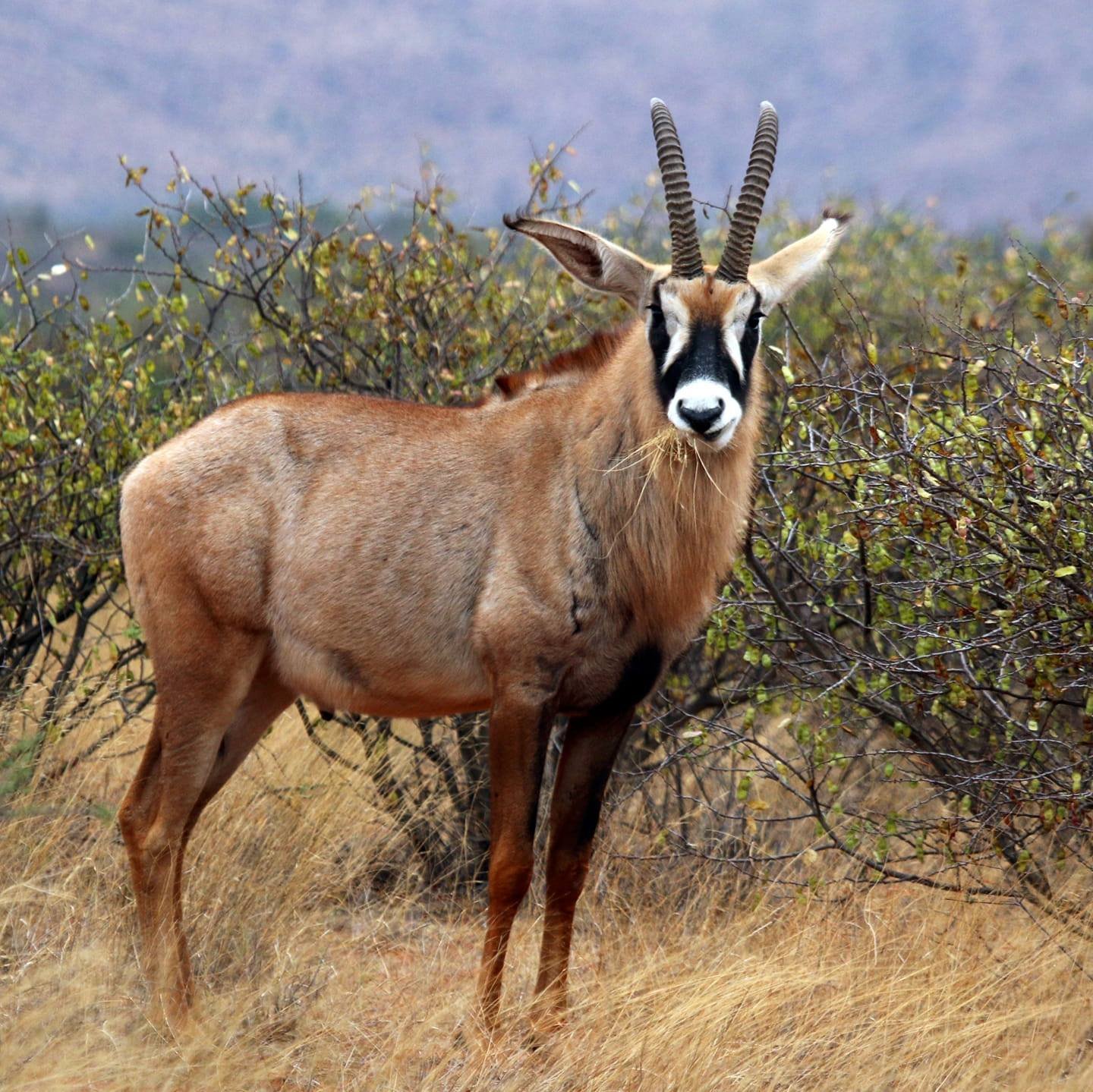
Top Tourist Sites in Northern Ghana: Discover the Hidden Gems
Table of Contents
Today, we explore the Top Tourist Sites of Northern Ghana. Are you looking to explore the rich cultural heritage and natural wonders of Ghana? Look no further than the northern part of the country. With its fascinating history, breathtaking landscapes, and vibrant traditions, Northern Ghana has become a magnet for tourists from around the world. In this comprehensive guide, we will take you on a journey through the top tourist sites in the region, unveiling the hidden gems that make it a must-visit destination.
Larabanga Mosque: A Testament to Time
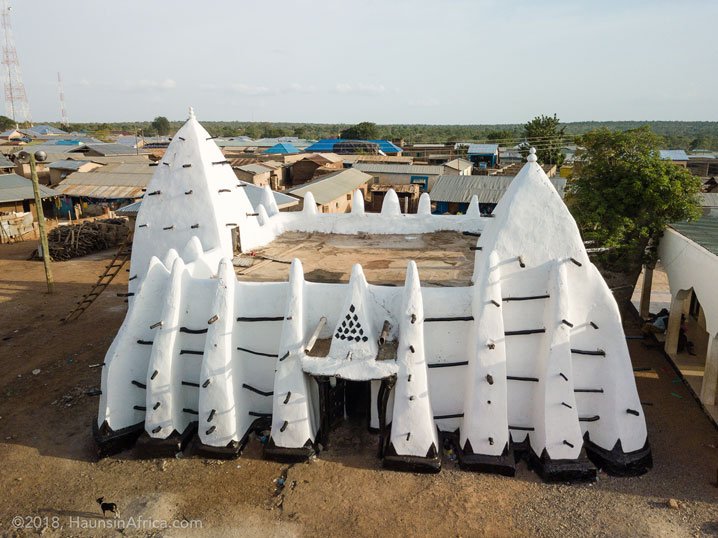
One of the oldest mosques in Africa, the Larabanga Mosque is a true architectural marvel. Located in Northern Ghana, it was built-in the year 1421. This historic site has stood the test of time, with its core foundation remaining intact and unchanged. While the mosque has undergone restoration and architectural works over the centuries, its original essence has been preserved. As you step foot into Larabanga, you will be captivated by the spiritual aura that surrounds this sacred place.
Mole National Park: Where Wildlife Thrives

This arguably the most popular tourist site in Northern Ghana.
For nature enthusiasts, a visit to Mole National Park is a must. This expansive wildlife sanctuary is home to a diverse range of species, making it a paradise for animal lovers. As you explore the park, you will encounter majestic African bush elephants, graceful antelopes, and a myriad of other fascinating creatures. The park also boasts a rich variety of tree species, adding to its natural beauty. Whether you are embarking on a thrilling safari or indulging in birdwatching, Mole National Park promises to leave you awestruck.
Daboya: A Town of History and Craftsmanship
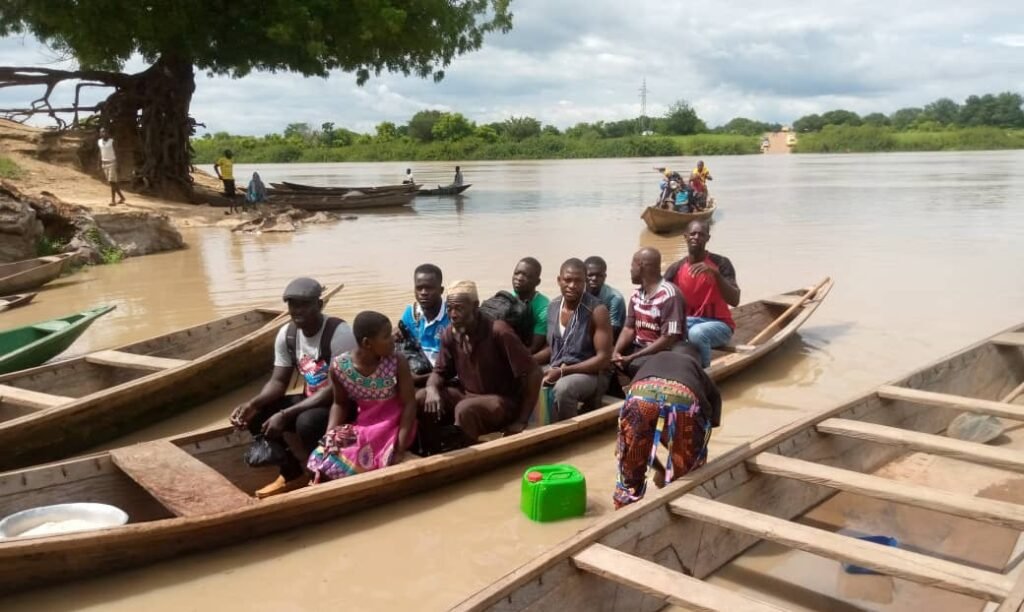
A trip to Northern Ghana can be likened to a Time Travel experience. Step back in time as you visit Daboya, a town steeped in history and craftsmanship. Once renowned for its salt mining industry, Daboya was a thriving commercial hub. Today, while the salt market has declined, the town still preserves its cultural heritage through its hand-woven traditional smocks. As you wander through the streets of Daboya, you will witness the intricate artistry of the locals, who continue to weave these beautiful garments. With its rich history and unique craftsmanship, Daboya has the potential to become a major tourist destination in Ghana.
The Mystic Stone: A Divine Wonder
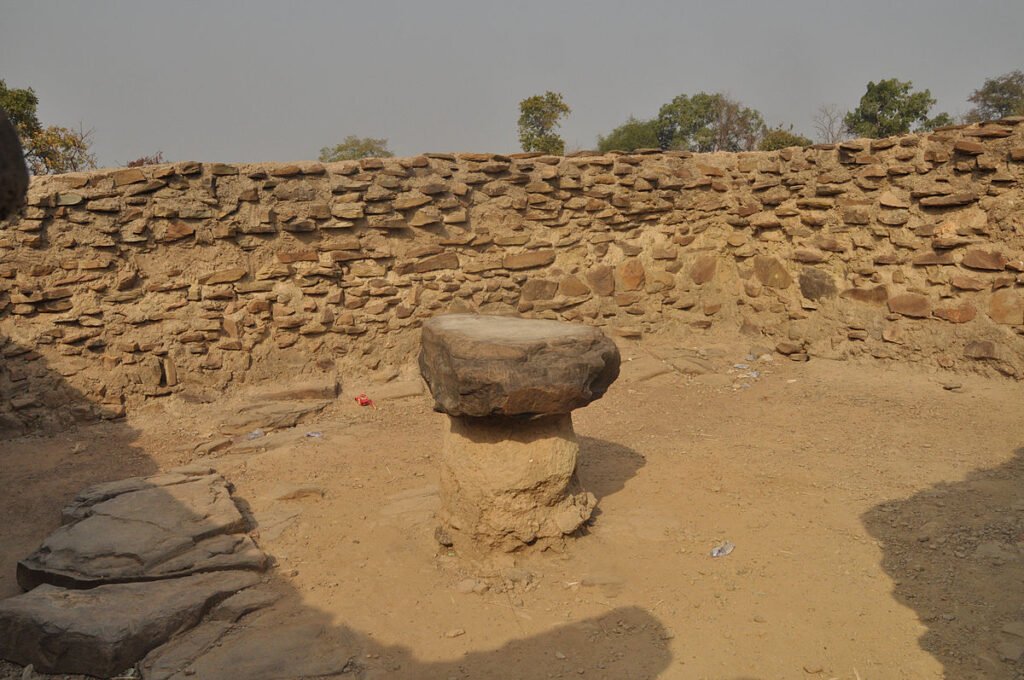
Many associate mysticisms with Northern Ghana, this particular site, lends credence to this belief. Located near Damongo, the Mystic Stone holds a mystical allure that draws visitors from far and wide. This enigmatic stone is believed to possess divine powers, as it has remained in the same spot for centuries, defying all attempts to move it. The stone serves as a place of worship for the local community, who come here to seek blessings from their ancestors. As you stand in the presence of the Mystic Stone, you will feel a sense of reverence and awe, connecting with the ancient traditions of the region.
Gbele Game Reserve: A Wildlife Haven

The very obscure region of Northern Ghana has something to offer visitors as well. Immerse yourself in the beauty of nature at Gbele Game Reserve. Nestled in the Upper West region of Ghana, this wildlife reserve boasts an incredible array of animals and birds. From antelopes and warthogs to monkeys and baboons, the reserve is teeming with life. The open savannah woodland provides a unique backdrop for your adventure, as you embark on nature hikes and birdwatching expeditions. For a truly unforgettable experience, spend a day at the reserve, surrounded by the sights and sounds of the wild.
Wa Naa’s Palace: A Historical Marvel

To experience the unique architecture of Northern Ghana, a trip to Wa is necessary. Journey into the heart of Wa, the regional capital of the Upper West region, and discover the majestic Wa Naa’s Palace. This historic palace, built in the early 19th century, is a testament to the rich heritage of the Wala people. Its Sudanese mud-brick architectural style stands as a symbol of protection against the slave traders of the past. As you explore the palace, you will be transported back in time, witnessing the grandeur of the royal home and the final resting place of former kings. The Wa Naa’s Palace is a must-visit for history buffs and culture enthusiasts alike.
Wechiau Hippopotamus Sanctuary: Where Nature Flourishes

Experience the wonders of the animal kingdom at the Wechiau Hippopotamus Sanctuary. Located along the Black Volta River, this sanctuary is home to a thriving population of hippos, as well as a diverse range of wildlife. Hop on a boat and cruise along the river, getting up close and personal with these magnificent creatures. The sanctuary also offers a unique opportunity to immerse yourself in the local culture, as you interact with the friendly townsfolk and partake in traditional festivities. A visit to the Wechiau Hippopotamus Sanctuary is an adventure you won’t want to miss.
Paga Crocodile Pond: Where Humans and Crocodiles Coexist
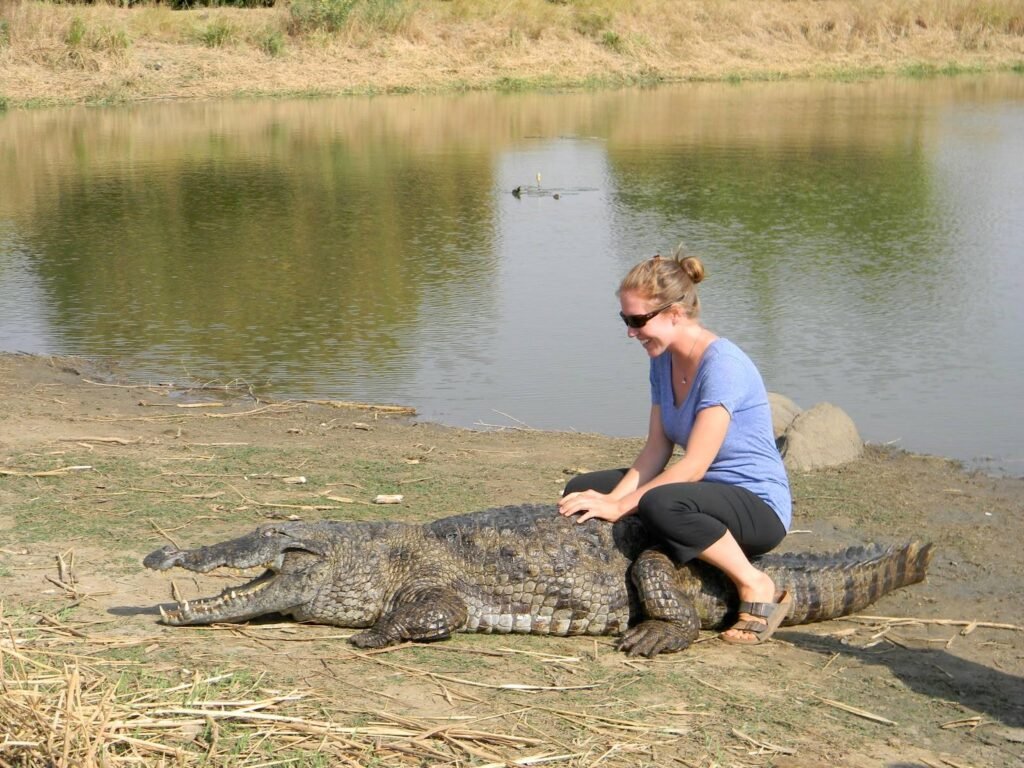
In the town of Paga, a fascinating relationship exists between humans and crocodiles. The Paga Crocodile Pond is a place where these fearsome reptiles live in harmony with the local community. Visitors can marvel at the sight of crocodiles basking in the sun and even pose for photos beside them. The spiritual connection between the people of Paga and their crocodile companions is believed to be rooted in the presence of ancestral spirits. This extraordinary bond has turned Paga Crocodile Pond into a unique tourist attraction, drawing curious travelers from all corners of the globe.
Tongo Rocks and Tengzug Shrines: Ancient Wonders

Tongo, the capital of the Talensi-Nandam District, holds two hidden treasures: Tongo Rocks and Tengzug Shrines. The Tongo Rocks, also known as the Whispering Rocks, are a series of fascinating rock formations that defy gravity. Their mysterious arrangement and the whistling sounds they produce during the harmattan season make them a sight to behold. At the top of the rocks, you will discover the ancient Tengzug Shrine, a place of religious significance for the local community. Witness age-old rituals and immerse yourself in the rich traditions of the Talensis people. The Tongo Rocks and Tengzug Shrines offer a glimpse into Ghana’s ancient past.
Conclusion: Uncovering the Treasures of Northern Ghana
As you delve into the top tourist sites of Northern Ghana, you will be rewarded with a wealth of natural wonders, cultural heritage, and historical marvels. From the mystical Larabanga Mosque to the breathtaking landscapes of Mole National Park, the region offers a diverse range of experiences for every traveler. Whether you are seeking adventure, tranquility, or a deeper connection with Ghana’s rich traditions, Northern Ghana has it all. Embark on a journey of discovery and uncover the hidden gems that make this region a true treasure trove.
Savanna Features
#OnTourWithAwedana : Rocks of Fear – Pikworo Slave Camp (Paga, Ghana)
Published
3 years agoon
September 10, 2021
The sight and the overall experience of Pikworo Slave Camp take away all doubts about the veracity and reality of the slave trade in Africa. The presence of empirical evidence in the form of relics is enough to disabuse all doubting minds. Perhaps the cliché, “seeing is believing” should be the emphasis here.
Pikworo Slave Camp is geographically situated approximately 3 KM West of Paga in the Upper East region of Ghana. It’s located in a village called ‘Nania’. The camp is one of the few tourist sites in Africa with remarkable routes of historic relevance and is known in history as the hoarding, auctioning, and transmission point of slaves. It acted as a transit camp for the slave trade. Slaves were held hostage in the Pikworo slave camp before being transferred to Salaga in the Northern Region. In short, it acted as an intermediary between slave traders.
Legend has it that, the Pikworo Slave Camp was founded by a brave hunter and farmer. The village (Nania) was then developed into a trading center for the Hausa, Mossi, and Zambrama traders where their exchange activities took place.
The story of the slave trade sound is really gory sometimes. However, coming face to face with the facts of history gives a refreshing feeling of how far we have come as humans in our very existence. It’s sometimes incomprehensible and shocking how the purpose of a fully-fleshed human being could be altered and converted to the extent of being a slave. But the evidence available is more factual than fiction.
Centuries back, the slave trade was a very lucrative business activity and because of its dominant nature, it enriched slave masters and other people of higher ranks in the slave market. Nania became the first stopover and an auction market for slaves captured in surrounding lands as well as those brought from the Sahara. It was situated in a very rocky area hence the name ‘Pikworo’ which means ‘rocks of fear’. The rocky nature of the place largely defined the living conditions of the slaves in the camp.
Life in the camp could best be described as rude and crude. Unlike the luxuries we enjoy today, slaves captured and sent to Nania had to be tied against trees and rocks to sleep. They ground cereals on rocks. They prepared food on rocks. They ate from holes created on rocks and drank from a nondrying opening in rocks.
They walked barefooted and experienced inhuman treatments as penalties for wrongdoing or non-compliance with directives. For instance, there was a site of the camp dedicated to punishing slaves where they were tied to a rock and made to watch the sun.
Dead slaves were buried in groups in a single hole dug around the camp and covered with a medium-sized rock placed on top of the grave as an epitaph to indicate the site as a burial ground for the dead.
One interesting aspect about the stopover of slaves at Nania was that, despite the harsh conditions they faced, slaves had the chance of producing music with stones used to hit the rocks in a rhythmic manner, creating a pleasant sound with some of the slaves dancing to the tune. In all it won’t be wrong to say slaves in Pikworo slave camp lived “rocky” lives since almost every aspect of their lives was hinged on rocks.
Visiting the slave camp gives a lot of flashbacks and touching memories to behold-Memories that indicate the actual toil of our forefathers and some of the circumstances they faced and memories that give you insights towards making the world a better place. Until you visit the ‘Pikworo’ slave camp, you’ll always be tempted to liken the storylines of “12 years a slave” to “Tom and Jerry”.The former is a real-life issue and the latter is fiction. Don’t dwell in doubts for the rest of your life. Spare a moment, explore and reconnect with the past: it’s a priceless experience.
—————————————————————————————————–
Story by: Bobi Awedana Herty/thesavannaonline

Ataman Nikita, readies his sound with Still here

Learn Everything You Need To Know About Khaya AI FOR FREE



